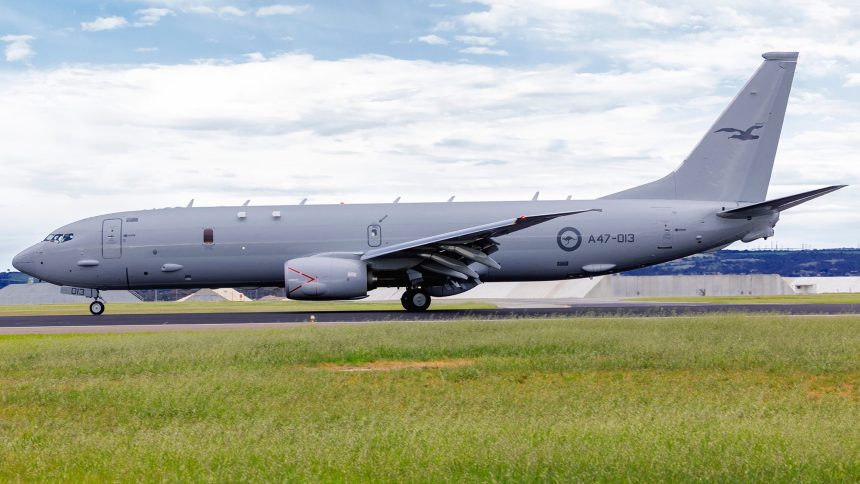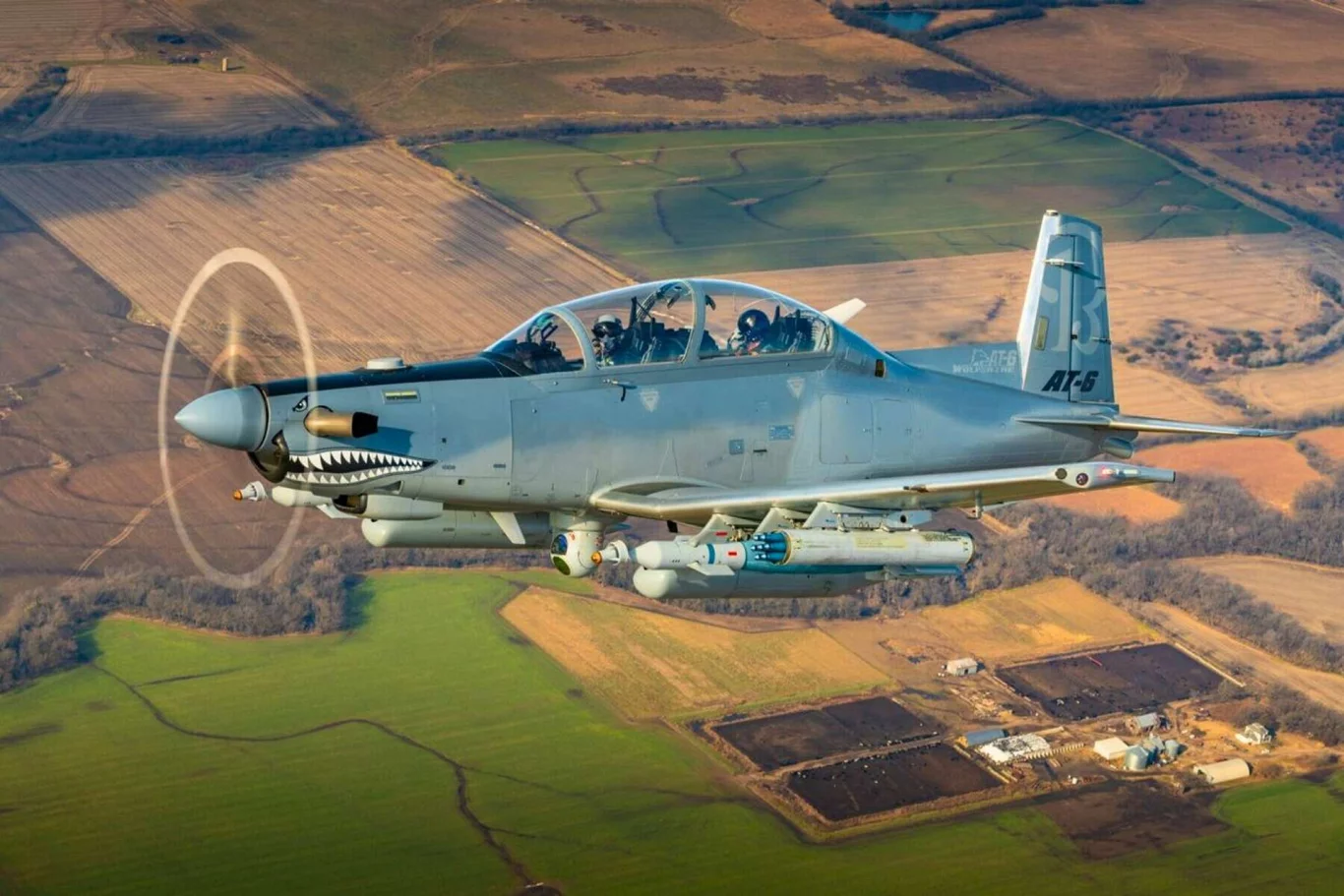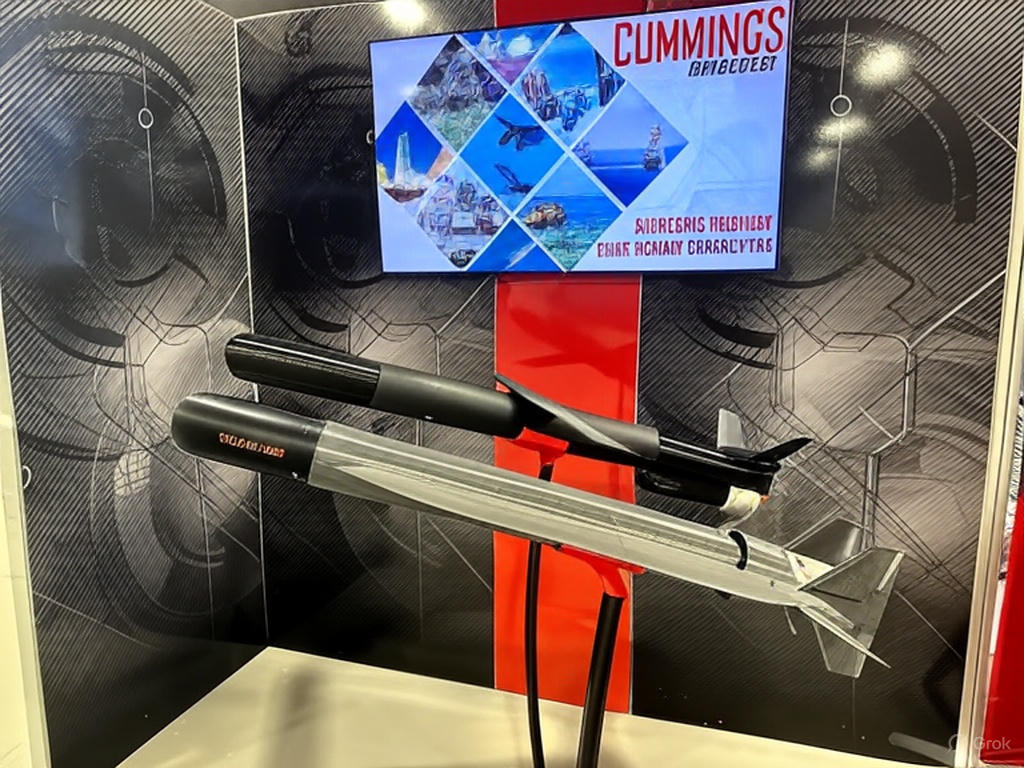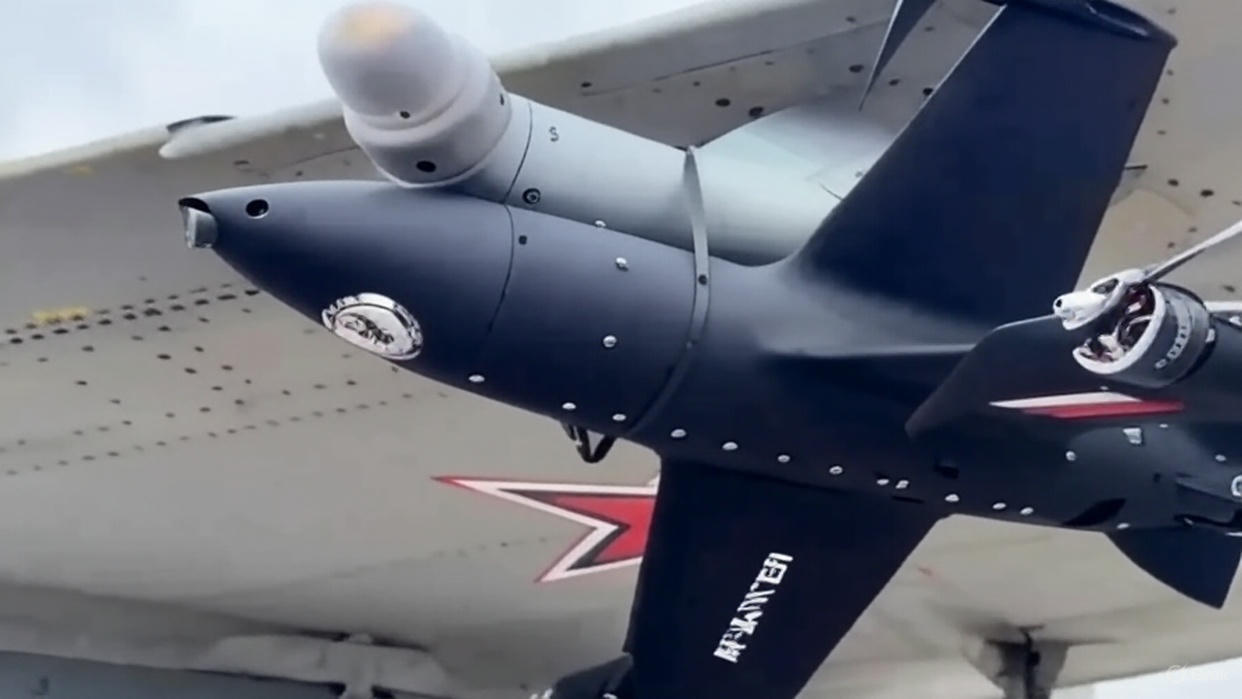The Royal Australian Air Force (RAAF) is set to significantly enhance the capabilities of its formidable P-8A Poseidon maritime patrol aircraft fleet by upgrading to the advanced Increment 3 Block 2 configuration. This crucial modernization effort will ensure that Australia’s P-8As remain at the cutting edge of maritime surveillance, anti-submarine warfare (ASW), and intelligence, surveillance, and reconnaissance (ISR) capabilities, reinforcing their vital role in securing Australia’s vast maritime interests and contributing to regional stability in the Indo-Pacific.
Australia’s P-8A Poseidon aircraft are already considered among the most capable maritime patrol platforms in the world. Based on the proven Boeing 737 Next Generation airframe, they combine the speed and endurance of a commercial airliner with sophisticated military sensor packages. They are essential for a wide range of missions, from protecting shipping lanes and monitoring illegal fishing to conducting complex ASW operations and providing disaster relief support. However, in the rapidly evolving geopolitical landscape and with the emergence of new threats, continuous upgrades are paramount to maintain a decisive edge.
The Increment 3 Block 2 upgrade represents a comprehensive overhaul of the P-8A’s core systems, focusing on several key areas. At its heart, this upgrade aims to significantly boost the aircraft’s multi-mission capabilities, allowing it to gather and process even more precise data across a broader spectrum of threats. This isn’t just about adding new gadgets; it’s about creating a more integrated, intelligent, and resilient platform capable of operating effectively in increasingly complex and contested environments.
One of the most anticipated enhancements will be in the realm of sensor technology. While specific details often remain classified, it’s expected that the Increment 3 Block 2 will introduce advanced acoustic processing capabilities, enabling the P-8A to detect and track the quietest modern submarines with greater accuracy and over wider areas. This is particularly critical in the Indo-Pacific region, where submarine activity is increasing. Furthermore, improvements to radar systems and electro-optical/infrared (EO/IR) sensors will enhance its ability to detect and classify surface vessels and other targets, both by day and night, and in challenging weather conditions.
Beyond individual sensors, the upgrade will heavily emphasize improved data fusion and network-centric operations. This means the P-8A will be better able to integrate information from its various sensors, process it onboard, and then share that enriched data seamlessly with other allied assets – be they ships, other aircraft, or ground stations. Enhanced communications systems will facilitate faster, more secure data exchange, transforming the P-8A into an even more potent node in a distributed maritime intelligence network. This ability to act as a “data hub” is crucial for maintaining comprehensive maritime domain awareness.
Another critical aspect of the Increment 3 Block 2 configuration will likely involve enhancements to the P-8A’s electronic warfare (EW) capabilities. In a modern conflict scenario, the ability to operate effectively in an environment saturated with electromagnetic signals is vital. These upgrades would allow the P-8A to better detect, classify, and potentially counter adversarial radar and communications systems, ensuring its survivability and mission effectiveness when operating near sophisticated threats.
For the RAAF, investing in the Increment 3 Block 2 upgrade for its P-8A fleet is a strategic imperative. It ensures that Australia can continue to protect its extensive maritime borders, safeguard its economic interests that rely on sea lanes, and contribute meaningfully to coalition operations. The Indo-Pacific region is characterized by vast distances and complex maritime challenges, making the P-8A’s long-range capabilities and advanced systems indispensable. This modernization effort underscores Australia’s commitment to maintaining a technologically superior and highly capable defense force ready to meet future challenges. The upgraded P-8As will not just be aircraft; they will be critical enablers of Australia’s national security strategy for decades to come.




